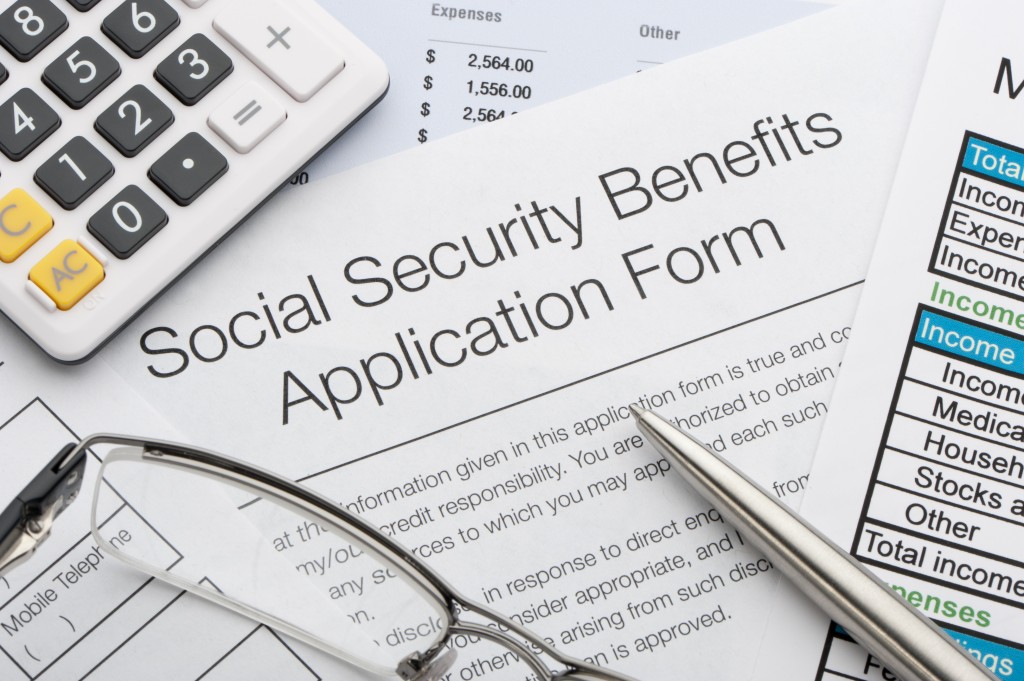Social Security Benefits
Nov 27, 2023 By Susan Kelly
The Social Security benefit is usually considered to be a sign of retirement. In reality, it is estimated that SSA estimated that more than 65 million Americans were receiving a monthly benefit in March 2022. The Social Security program goes beyond an income stream relied upon by people who retire from the workforce. It also pays the children and spouses of survivors (just as life insurance), payments for disabled individuals, and an additional income source for qualified individuals.
Payments are based on various factors, including the number of years in the work. If you're seeking disability benefits, you must be diagnosed with a qualifying medical condition. The one thing that most people don't think about is their earned income. It's the amount you earn over your working life. And it's the most significant factor. So the higher your earnings, the better for you in the long run.
Calculation
The SSA maintains a track of your income earned each year. It also records the percentage subject to Social Security taxes used to calculate retirement benefits. The higher your earnings during work hours, the more you contribute to the Social Security system via self-employment or payroll taxes. The more you earn, the greater the monthly amount you will receive at a certain maximum. The maximum for 2022 is $4,194 per month (up from $3,895 per month in 2021).
If you have paid into the system for longer than 35 years, the SSA will only use the highest earning years of your 35 and doesn't consider any other years in the formula. If you have not paid in the system for at least 35 years, an amount of zero is substituted for the years that are not paid in. When you apply for benefits, your incomes are adjusted or indexed to account for previous wage increases and determine your principal policy sum. The PIA is the amount you will be eligible for at the time you reach what Social Security calls full retirement age (FRA):
- For those born between 1943 and 1954, The FRA is 66.
- For those born after 1954, the average age increases by 2 months each year until it reaches 67 years old for those born in 1960 or later.
Another important aspect is the age at which you begin receiving Social Security benefits. The benefits can start from the age of 62. However, your benefits will permanently diminish if you do not wait to reach the FRA. In contrast, your monthly benefit is increased by 8% each year when you delay collecting beyond your FRA until age 70. This is when benefits are exhausted, and there's no incentive to hold off.
What Income Reduces SS Benefits?
What if you do not make enough to live between Social Security benefits and investment income? It may be important to look for other income sources, like an occasional job or working as a freelancer. If you decide to work in retirement, you must be aware that Social Security benefits will be affected. Certain benefits could be temporarily suspended depending on the amount of income you earn. This depends on what you're at in your journey about your FRA.

Unemployment and Disability Benefits
The SSA doesn't count the amount of unemployment you earn as income. This means that it won't affect the retirement benefits you receive, and you could be able to get both. Be sure to keep in your mind that it is possible that the Social Security checks you receive can affect the unemployment benefit you're eligible for. It's always recommended to inquire at the office for unemployment in your state regarding the requirements for collecting both benefits. However, you cannot receive federal disability benefits or Social Security. Once you've reached your FRA, the disability benefits you get will automatically be converted into retirement benefits. The amount you receive isn't adjusted, so the monthly amount of your benefit checks is the same.
Is Social Security Taxable?
That's up to you. The income earned through Social Security may be partially tax-deductible if the total earnings exceed a certain sum. The term "combined income" refers to your gross income plus any interest you do not tax earned throughout the year, plus the amount or more of the Social Security benefits.

If, for instance, you're filing jointly with your spouse and your income is between $32,000 and $44,000, you might have to be taxed on as much as 50 percent or more of Social Security benefits. If your total income exceeds $44,000, the maximum of 85 percent of your benefits may be tax deductible. These numbers range between $25,000 and $34,000 and more than $34,000 for individuals filing independently.

How to Hire a Retirement Advisor? What You Need To Know

Can You Trust Credit Unions with Your Money?

Which Is Better, Buying Or Building A Home?

Is the Amex Gold Card Worth It? My Six-Month Review

Your Easy Guide to Planning for Out-of-Pocket Healthcare Costs

Review of Country Insurance's homeowner plan

How to Get an Offer Accepted on a House with Multiple Offers

Are Debt Collectors Allowed to Message or Text People

What Is Mobile Check Deposit?

